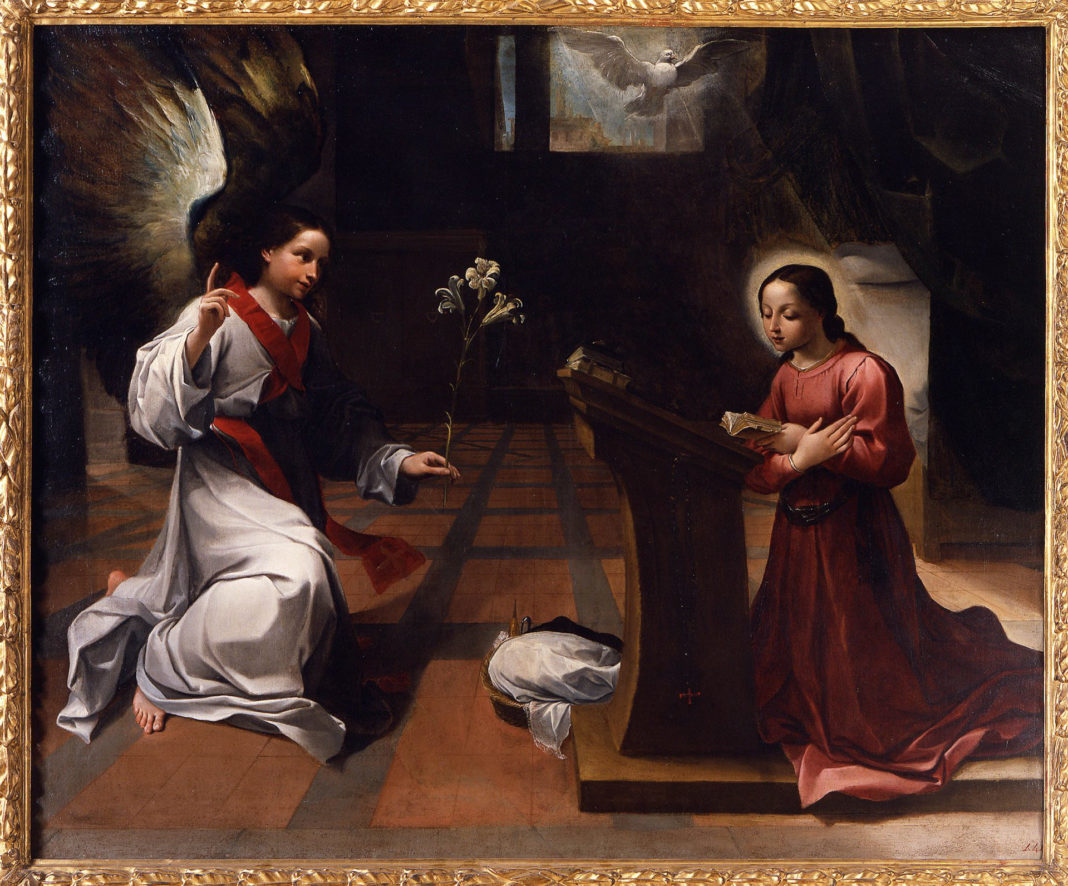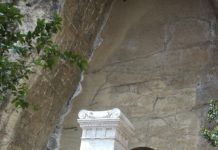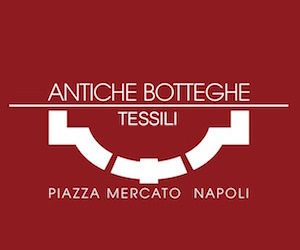Mostre agili e accessibili per esaltare la bellezza del Museo. A Capodimonte ieri si è celebrata la festa l’annunciazione presentando l’ospite bolognese, Ludovico Carracci (1555-1619)’ con la sua Annunciazione (1584, olio su tela, 182,5 x 221) in prestito dalla Pinacoteca Nazionale di Bologna fino al 15 giugno.
Dopo Rubens e Baglione, come sottolinea il direttore Eike Schmidt, ecco il terzo atteso ospite del mese di marzo, in dialogo con due opere della pinacoteca partenopea, dello stesso periodo e sul medesimo tema iconografico, una di Scipione Pulzone e l’altra di Francesco Curia.
Nell’opera accolta da Bologna, la Vergine intenta a leggere un libro di preghiere, è interrotta da un angelo che le porge un giglio e le annuncia che Dio si è incarnato in lei. L’inginocchiatoio in legno, la cesta di vimini con il cucito e il letto sulla destra, così come le linee del pavimento in cotto che segnano la fuga prospettica, alludono a un evento miracoloso che avviene in un ambiente scarno, simile a un’umile dimora della Bologna del tempo.
Le torri cittadine si intravedono anche attraverso la finestra aperta da cui irrompe la colomba dello Spirito Santo. Dopo i seducenti virtuosismi del Manierismo, Ludovico interpreta il tema in maniera piana e devota e sembra andare incontro all’immedesimazione di chi osserva.
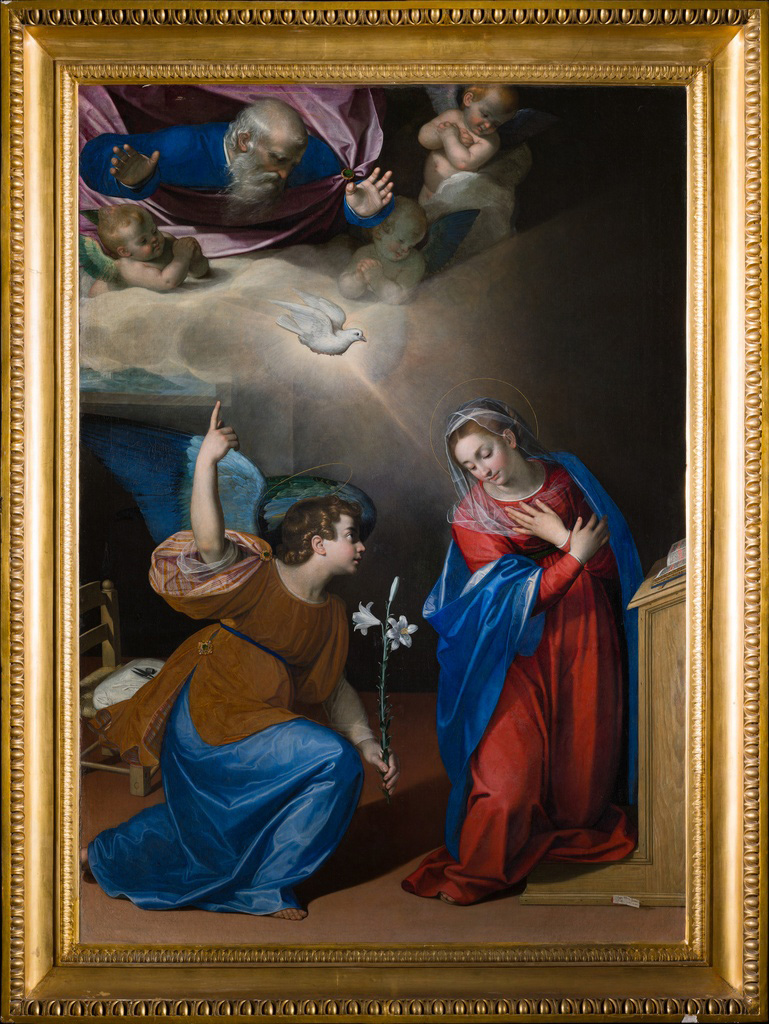
L’opera di Scipione Pulzone (Gaeta, 1550 ca. – Roma, 1598) proposta in sala 6 (primo piano)è datata1587(olio su tela, da Gaeta chiesa di Sant’Angelo in Planciano) e firmata sul cartiglio, nella parte bassa dell’inginocchiatoio. Raffigura la Vergine che, interrotta durante la lettura, ascolta il messaggio dell’Arcangelo e accetta ciò che il Signore, circondato da angeli, ha in serbo per lei. Uno scenario semplice: sedia di vimini e strumenti da cucito in uno spazio che dà un panorama panorama che sembra quello del golfo di Gaeta. Attraverso questi espedienti, il pittore avvicina l’episodio sacro alla vita quotidiana dello spettatore.
Francesco Curia (documentato dal 1588 – Napoli, 1608) dipinse la sua Annunciazione ne l1596-1597 (olio su tavola provenienza Napoli, chiesa di Santa Maria di Monteoliveto). L’episodio sacro è raffigurato nell’elegante portico di una strada di città. I colori vivaci delle vesti e la raffinata resa dei dettagli, come le preziose venature del marmo o il broccato che copre il leggio, suggeriscono un rimando agli artisti fiamminghi, conosciuti probabilmente a Napoli e nel corso dei suoi numerosi viaggi.
Per saperne di più
https://capodimonte.cultura.gov.it/
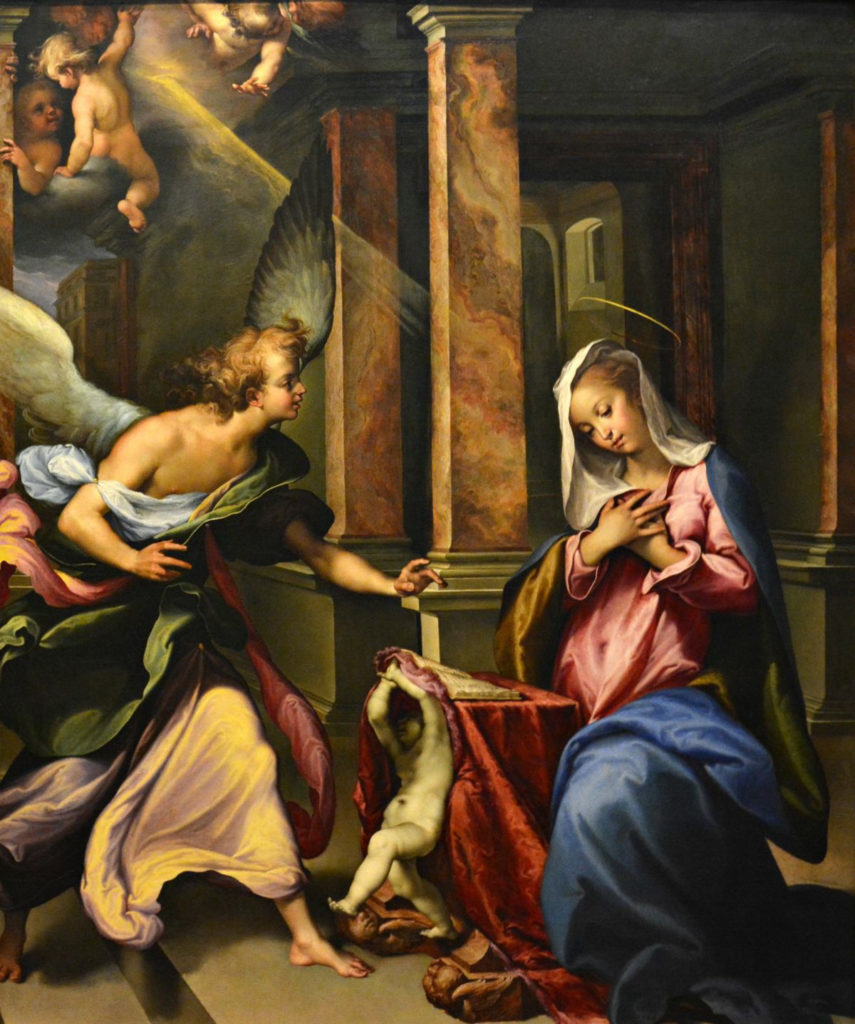
Capodimonte/ The Museum hosts the Annunciation by Ludovico Carracci, which interacts with paintings by Scipione Pulzone and Francesco Curia
Flexible and accessible exhibitions to enhance the beauty of the museum. In Capodimente, yesterday, the feast of the Annunciation was celebrated with the presentation of the Annunciation (1584, oil on canvas, 182.5 x 221) by the guest from Bologna, Ludovico Carracci (1555-1619), on loan from the Pinacoteca Nazionale di Bologna until 15 June. Until 15 June.
After Rubens and Baglione, as the director Eike Schmidt points out, here is the third long-awaited guest of the month of March, in dialogue with two works from the Neapolitan picture gallery from the same period and on the same iconographic theme, one by Scipione Pulzone and the other by Francesco Curia.
In the painting accepted by Bologna, the Virgin is reading a prayer book when she is interrupted by an angel who gives her a lily and announces that God has become incarnate in her. The wooden kneeler, the wicker basket with embroidery and the bed on the right, as well as the lines of the terracotta floor that mark the perspective fugue, all suggest a miraculous event taking place in a bare setting, similar to a modest home in Bologna at the time.
The towers of the city can also be seen through the open window from which the dove of the Holy Spirit enters. After the seductive virtuosity of Mannerism, Ludovico interprets the theme in a plain and devout manner, and seems to aim at the identification of the viewer.
The work by Scipione Pulzone (Gaeta, c. 1550 – Rome, 1598) in room 6 (first floor) is dated 1587 (oil on canvas, from the church of Sant’Angelo in Planciano in Gaeta) and signed on the cartouche at the bottom of the kneeler. It shows the Virgin, interrupted in her reading, listening to the Archangel’s message and accepting what the Lord, surrounded by angels, has in store for her. The setting is simple: a wicker chair and sewing tools in a room with a panoramic view of the Gulf of Gaeta. Through these means, the painter brings the sacred episode closer to the everyday life of the spectator.
Francesco Curia (documented from 1588 – Naples, 1608) painted his Annunciation in 1596-1597 (oil on panel from Naples, Church of Santa Maria di Monteoliveto). The sacred episode is depicted in the elegant portico of a city street. The vivid colours of the garments and the refinement of the details, such as the precious veining of the marble or the brocade covering the lectern, suggest a reference to Flemish artists that he probably met in Naples and during his many travels.
Ufficio Stampa
Museo e Real Bosco di Capodimonte
dott.ssa Francesca De Lucia
mob 3356358348
mu-cap.ufficiostampa@cultura.gov.it
In allegato immagini delle opere esposte in sala 6


